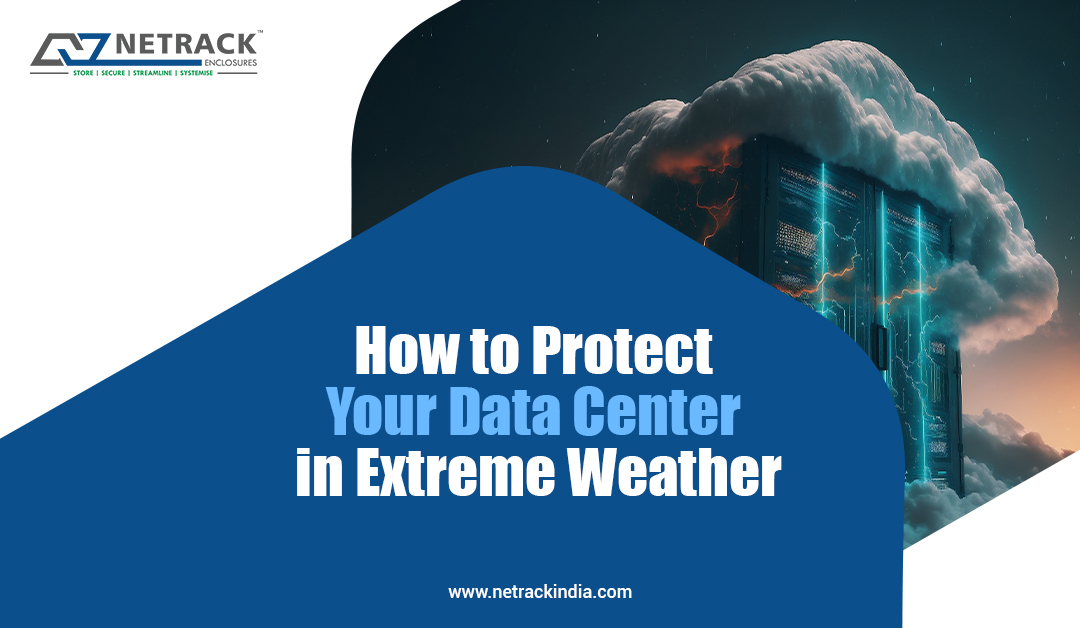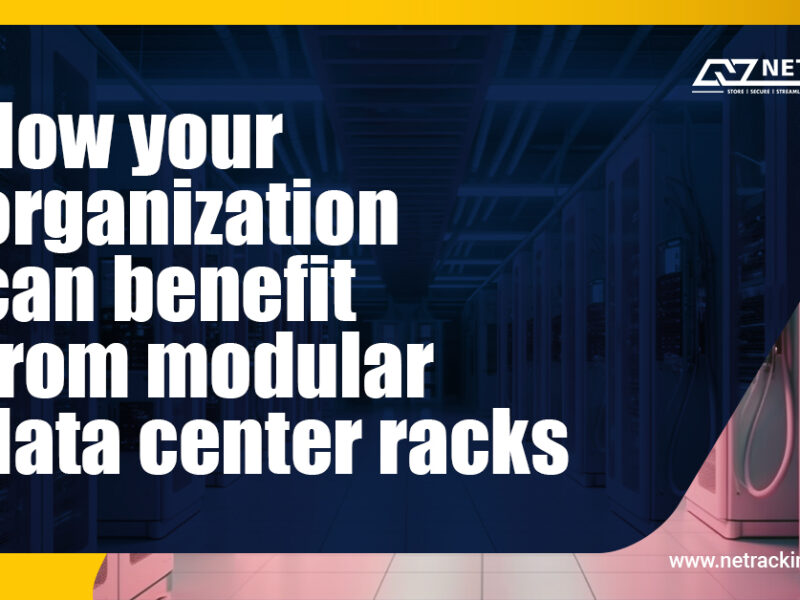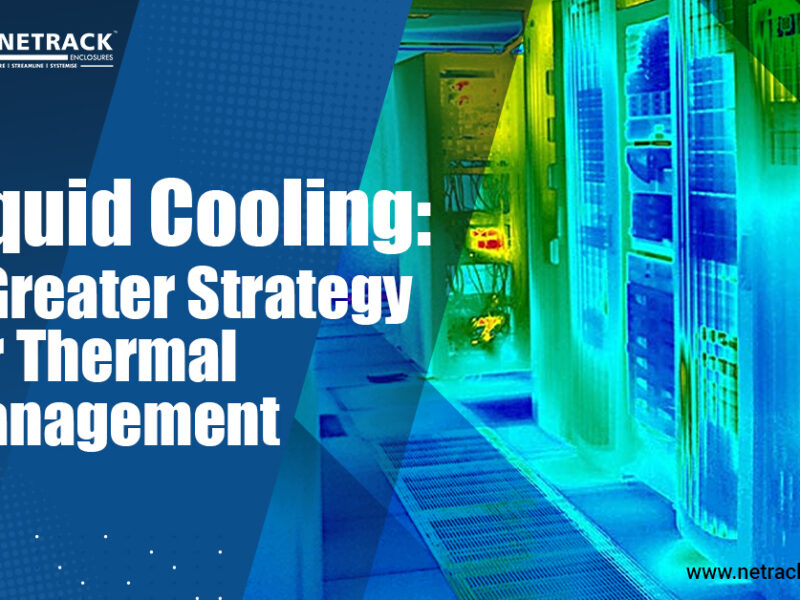
How to Protect Your Data Center in Extreme Weather
We are living in a time where data is the key to business continuity hence, the integrity and security of data centers have become critical. As the world is experiencing climate change, the resilience of these data centers will be proven. In fact, the present-day data centers are empowered with evolving technology to withstand extreme climatic conditions even in regions such as; Rajasthan, Gujarat, and Ladakh where the weather can reach both extremes.
Understanding the risk and mitigating it
It is needless to say that extreme weather conditions can cause havoc on data centers, jeopardizing the critical infrastructure that supports digital operations. In regions where temperatures range between 45 to 50 degrees Celsius during summer or in places where continuous snowfall and blizzards are common, freezing everything nearby, conventional cooling systems will be unable to maintain optimal temperature to ensure smooth operating conditions. Additionally, heavy rains and flooding can pose serious threats to the physical integrity of data centers, potentially causing water damage and electrical failures.
Hence, it is essential to weatherproof a data center after assessing the vulnerabilities and risks posed by extreme weather events. By understanding the specific threats an enterprise can develop strategies to mitigate or minimize potential damage and disruption and plan business continuity accordingly. In regions with soaring temperatures, advanced cooling systems such as liquid immersion cooling or direct-to-chip cooling offer more efficient alternatives to traditional air-based cooling methods. These systems not only disperse heat more effectively but also minimize energy consumption, reducing the carbon footprint of data centers in the process.
Conversely, in sub-zero climates like Ladakh, where temperatures go below freezing point, insulation and heating systems are not efficient to prevent equipment malfunction and frost-related damage. Also, power failure and inefficient backup generators can increase challenges in remote, harsh environments.
Need for robust data centers
The key to protect data centers from extreme weather conditions is to build a resilient data center with robust infrastructure that can withstand extreme weathers. To begin with, one should consider the external factors such as; building materials, storm-resistant roofing, and flood-proofing measures along with redundant power systems, backup generators, and uninterruptible power supplies (UPS) to ensure continuous operation during power outages caused by severe weather.
The next phase is the most critical one where cooling systems need to be monitored and managed to reduce the chance of equipment overheating and associated damage. In such scenarios, Netrack offers enhanced cooling systems in rack enclosures through Inlet Blower Module, Roof Blower Module and Back Door Blower Modules. This ensures that cold air enters from the front side while hot air is exhausted from the back side of these Data Center Racks. This scalable solution boosts the overall cooling efficiency of the data center. Additionally, liquid immersion cooling or evaporative cooling are effective to maintain consistent temperature within the data center.
Advantage of remote monitoring
During extreme weather conditions, real-time monitoring and intelligent management systems are indispensable tools for detecting and responding to weather-related threats in real-time and for safeguarding data centers. Environmental monitoring sensors enable data centers to track temperature, humidity, and moisture levels within the data center, enabling early detection of adverse conditions. This enables prompt intervention to prevent damage.
Again, remote power monitoring solutions enable operators to track energy consumption and identify potential inefficiencies, while intelligent security systems provide robust protection against physical and cyber threats. Furthermore, server monitoring tools offer insights into the performance and health of critical infrastructure, allowing for proactive maintenance and troubleshooting.
Contingency plan for the rainy day!
Despite best efforts to weatherproof a data center with comprehensive Data Center Solutions, at times it’s beyond anyone’s capacity to control damage. Hence, Netrack believes that it’s essential to have a comprehensive disaster recovery plan in place to mitigate the impact caused due to extreme weather conditions. This includes establishing off-site backups, redundant data storage facilities, and alternate systems to ensure data availability in a altogether different Geographical location and business continuity in the event of a catastrophic failure. Regular testing and improvising a disaster recovery plan ensures its robustness and increases the safety of the data center.




